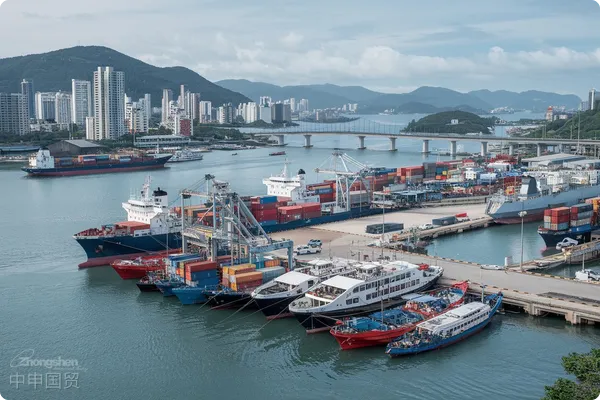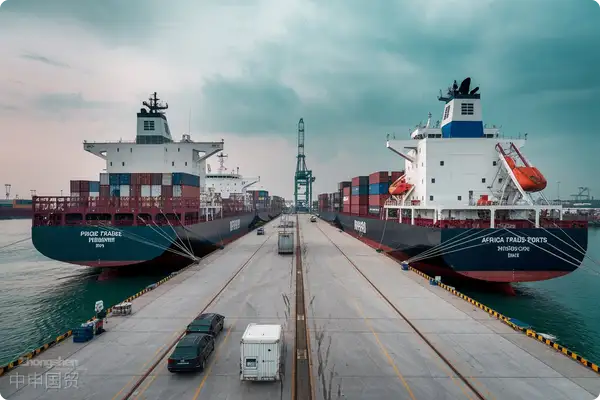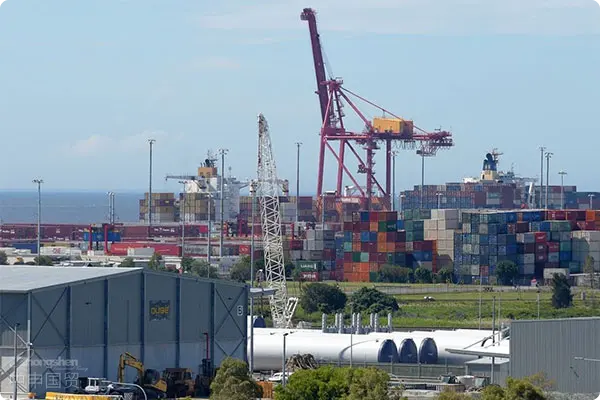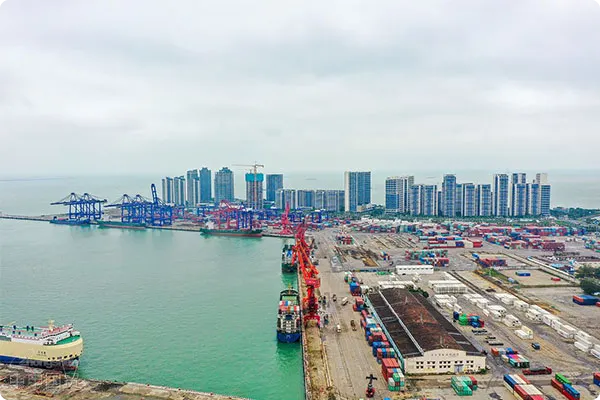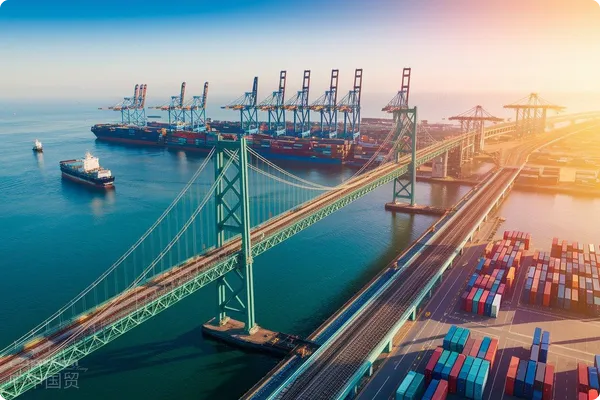- Shanghai Zhongshen International Trade Co., Ltd. - Two decades of trade agency expertise.
- Service Hotline: 139 1787 2118
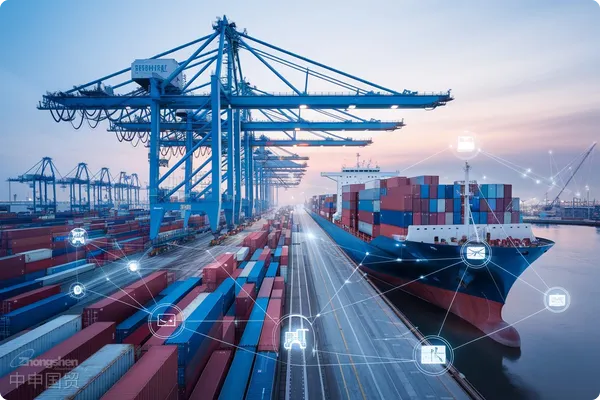
Export DrawbackI. Preliminary Preparation for Export Tax Rebate Agency Operations
Enterprise Qualification Review
The first step in export tax rebate agency operations is reviewing the qualifications of the entrusting enterprise. The agency must verify whether the enterprise is eligible for export tax rebates, including whether it has
business rights and whether it has completed export tax rebate (exemption) registration with tax authorities. This step is the foundation—only with legal qualifications can subsequent rebate operations proceed. For example, newly establishedimport and exportenterprises must complete foreign trade operator registration and then register for export tax rebates (exemptions) with tax authorities. The agency must carefully verify the authenticity and completeness of these registration documents.foreign tradeCollecting Basic Documents
After confirming the enterprises qualifications, the agency must collect various basic documents. These include copies of the business license, tax registration certificate, customs declaration unit registration certificate, export customs declaration forms, VAT invoices, export sales invoices, and foreign exchange verification forms (canceled in some regions). These documents are the raw materials for the entire export tax rebate process, and their accuracy and completeness are crucial. For instance, the product names, quantities, and amounts on VAT invoices must strictly match those on customs declarations. The agency must carefully check the consistency among these documents.
II. Customs Declaration and Data Organization
Monitoring Customs Procedures
Customs declaration process monitoring
During theExport ClearanceDuring this time, the agency must closely monitor the customs declaration process. Ensure all information on the declaration form is accurate, including product name, specifications, quantity, unit price, total value, trade terms, and transportation method. The agency should maintain good communication with customs brokers and promptly obtain relevant declaration details. For instance, discrepancies between actual product specifications and declared information may lead to rejection during tax refund audits, so strict oversight of the customs process is essential.
Data Organization and Verification
After customs clearance, the agency begins organizing and verifying declaration data. Match customs declaration data with other relevant documents, such as cross-checking export amounts on declarations with VAT invoices, and verifying product quantities against export sales invoices. This stage requires meticulous attention as any discrepancies may affect tax refund outcomes. Agencies typically use specialized software or tools to assist with data verification, improving accuracy and efficiency.
III. Tax Refund Application Process
Completing Application Forms
After data organization and verification, the agency must complete export tax refund application forms. These forms contain extensive information including company details, export goods specifications, and refund calculations. The agency must ensure all fields are accurately completed per tax authority requirements. For example, when listing export goods, accurately enter product names, specifications, quantities, and refund rates according to HS codes.
Submitting Application Materials
After completing application forms, the agency submits materials to tax authorities. These include the application forms along with previously collected supporting documents like customs declarations and invoices. The agency must closely monitor preliminary review results. If issues arise, tax authorities will request supplementary or corrected materials.
IV. Tax Refund Review and Payment
Refund Review Process
Upon receiving application materials, tax authorities initiate the refund review process. This includes logical verification of declared data and authenticity checks of documents. For instance, authorities examine logical consistency between customs declarations and invoices, checking for fraudulent refund claims. The agency must actively cooperate by providing necessary explanations or additional materials.
Tracking Refund Disbursement
If approved, tax authorities will transfer refunds to the companys bank account per established procedures. The agency must track payment status to ensure timely receipt. Any delays or irregularities require immediate communication with tax authorities and banks to identify and resolve issues.
Conclusion
The export tax refund agency operation flowchart covers complex procedures from qualification review to fund disbursement. Each stage has strict requirements where agencies play indispensable roles. Following these steps enables companies to successfully obtain export tax refunds, reducing costs and enhancing international competitiveness. As global trade policies evolve, export refund procedures must continuously adapt to better serve business development.
Related Recommendations
? 2025. All Rights Reserved. 滬ICP備2023007705號(hào)-2  PSB Record: Shanghai No.31011502009912
PSB Record: Shanghai No.31011502009912
